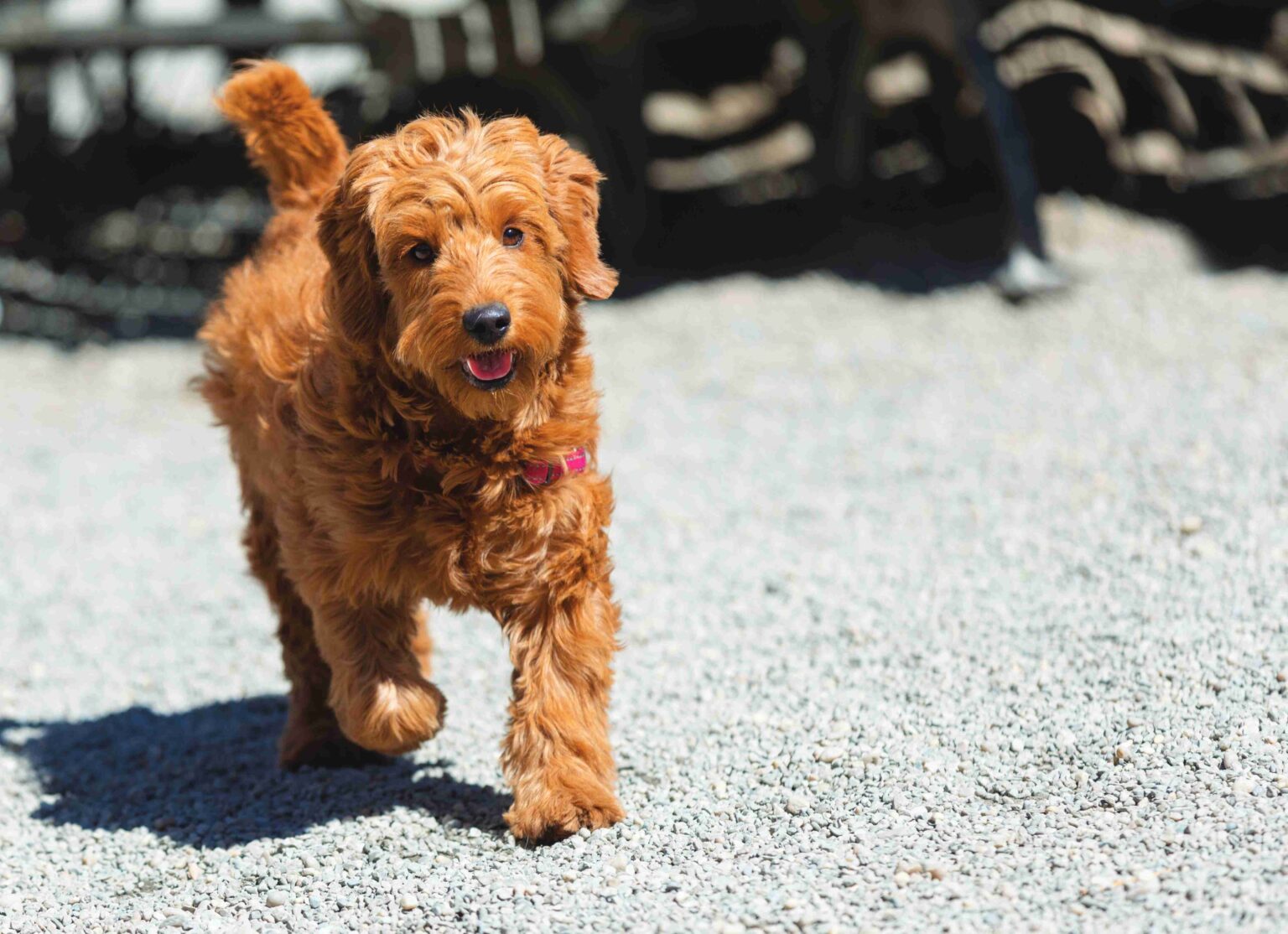Any dog parent understands that their canine companions are bundles of energy, and engaging them in a walk is an excellent way to channel this vitality. Regular walks serve as a source of both physical exercise and mental engagement for your four-legged friends. Just like humans, physical activity is key for dogs to feel at their peak, maintain muscle strength, and manage their weight according to their specific age and breed requirements.
However, while the health advantages of accompanying your pooch on strolls or indulging in prolonged play sessions are numerous, it’s crucial for owners in Cypress, Texas to remain vigilant for signs of dehydration—whether you’re enjoying a serene walk or playing fetch in the comfort of your backyard.
Is Your Dog Panting—A Lot? He May Be Dehydrated
Every caring dog owner aims to provide the ultimate care for their furry friends. But did you know that excessive panting in your dog, even under cooler conditions, might indicate something significant? Often overlooked, this behavior could suggest dehydration in your canine companion. This article will highlight nine possible indicators of dehydration, from the subtle to the obvious, ensuring you’re equipped with the knowledge to ensure your dog’s well-being and adequate hydration. Stay informed and keep your pup thriving with our expert advice on maintaining a healthy hydration level.
Recognizing dehydration in dogs is vital as it can precipitate serious organ damage, including kidney failure. It is imperative to be familiar with these signs in your cherished companion:
- Check the skin’s elasticity by gently lifting it; a slow return to its original position could signify a lack of hydration.
- A dip in appetite or complete refusal of food might be pointing towards dehydration.
- Vomiting, which may occur with or without accompanying diarrhea, should raise concerns about your dog’s hydration levels.
- Observe any unusual lethargy or indifference towards regular play, as these could be subtle hints of dehydration.
- Pay attention to excessive panting, even in cool weather—this is a clear call for water.
- Be alert to the appearance of your dog’s eyes; sunken or dry eyes are a call for immediate hydration.
- A dry nose, which is normally moist, should not be overlooked as it may indicate a need for water.
- The state of your dog’s gums is telling; dry and sticky gums instead of wet and slippery ones warrant concern.
- If your dog’s saliva is unusually thick or sticky, it’s likely a sign that they’re in need of more fluids.
The Dangers of Doggy Dehydration in Cypress, Texas & What To Do About It
Dehydration in our canine friends is a severe health concern that can compromise their essential bodily functions, including blood circulation, joint fluidity, digestion, and the operation of their organs. With inadequate hydration, dogs are at risk of diminished blood circulation, which can precipitate organ trauma or even complete organ failure.
Beyond these immediate threats, dehydration undermines a dog’s ability to regulate its body temperature, elevating the danger of heatstroke – a life-threatening emergency. Insufficient hydration can also contribute to digestive troubles such as constipation, not to mention urinary system complications. Recognizing symptoms of dehydration in your dog is imperative, and prompt action is essential for their health and longevity.
What to Do If Your Dog is Mildly Dehydrated
Should your furry friend exhibit any symptoms of dehydration, responding swiftly is key. Offer them modest sips of water and remain by their side, offering reassurance as they hydrate. It’s critical, however, to moderate their intake to prevent them from guzzling too much too fast, which may cause vomiting. Once you notice a reduction in symptoms such as excessive panting, ensure their water bowl is replenished so they may continue to drink freely.
Water’s role in canine health cannot be overstated—it’s the essence of every thriving cell within their bodies. Insufficient water can lead to dehydration, jeopardizing their health. To safeguard against this, it is crucial to maintain a clean water bowl, refilled daily with fresh water, guaranteeing that your dog has constant access to the hydration they need for optimal health.
What to Do If Your Dog is Severely Dehydrated
Severe dehydration poses life-threatening risks by compromising critical organ functions, including those of the heart, liver, and kidneys. The resulting reduction in cardiac output and impaired blood circulation can lead to organ failure and cessation of function.
It’s crucial to be vigilant and recognize the early signs of dehydration in dogs to protect their well-being. Symptoms to watch for include lethargy, changes in urination frequency, diarrhea, vomiting, and a loss of appetite for over 24 hours. Should you notice any of these warning signs, it’s imperative to consult with your veterinarian without delay. In case you observe these symptoms after hours, don’t hesitate to reach out to an emergency veterinary hospital or take your furry companion to an emergency veterinarian in Cypress, Texas right away.
Ensure Your Pup Has Access to Water at All Times
Maintaining consistent access to water for your dog is crucial for their health and happiness. No matter if you’re at home or out enjoying activities such as playtime or walks, it’s essential to keep a steady supply of water available to them.
Discover our selection of new water bowls and portable tri-fold water containers at Pet Evolution in Cypress, Texas —ideal for balmy summer days and ensuring your furry friend, Fido, stays refreshed, even when you’re on the move. Proper hydration is a straightforward but fundamental aspect of caring for your pet and supporting their well-being.
